9. Mint lemonade

Just as in tea, mint pairs beautifully with lemon.
You get to choose, the classic way (plain version) or the frothy version. Both are perfect for summer when mint is in utter abundance.
You’ll want to be aware that when searching for a mouthwatering lemonade recipe, that sugar is often a big part of it. It helps to balance out the acidity of the lemons.
Don’t compromise your health by imbibing on too much sugar under the hot sun. Go for a low-sugar option and quench your thirst with a glass of lemonade that is truly refreshing, not just sweet.
10. Mint smoothies
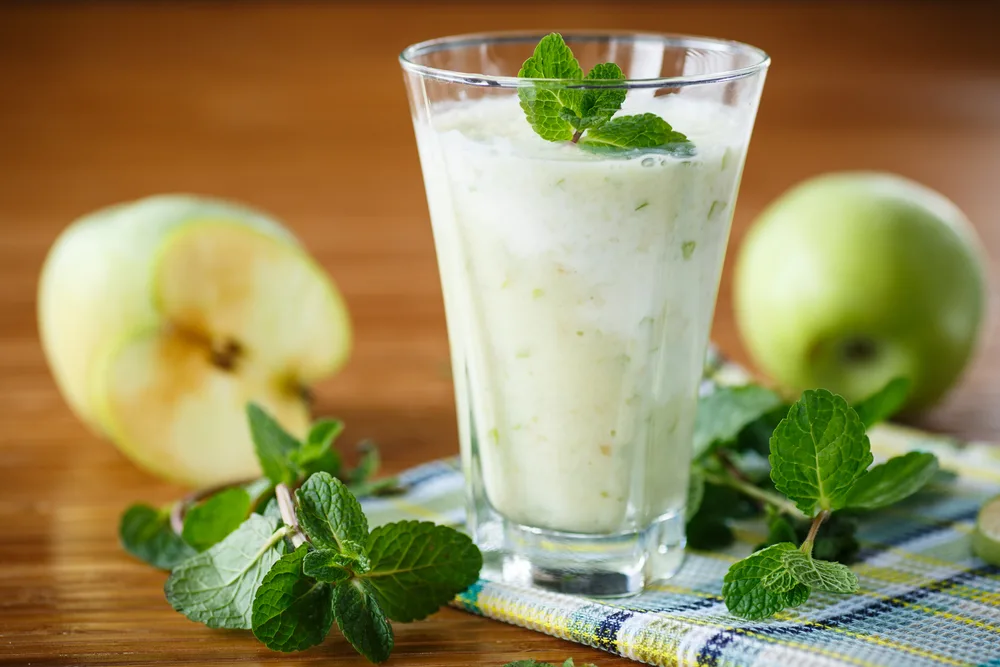
Another way to graciously enjoy your overabundance of mint, is to blend it in a smoothie. For breakfast, after lunch or an afternoon snack.
11. Watermelon-mint cooler
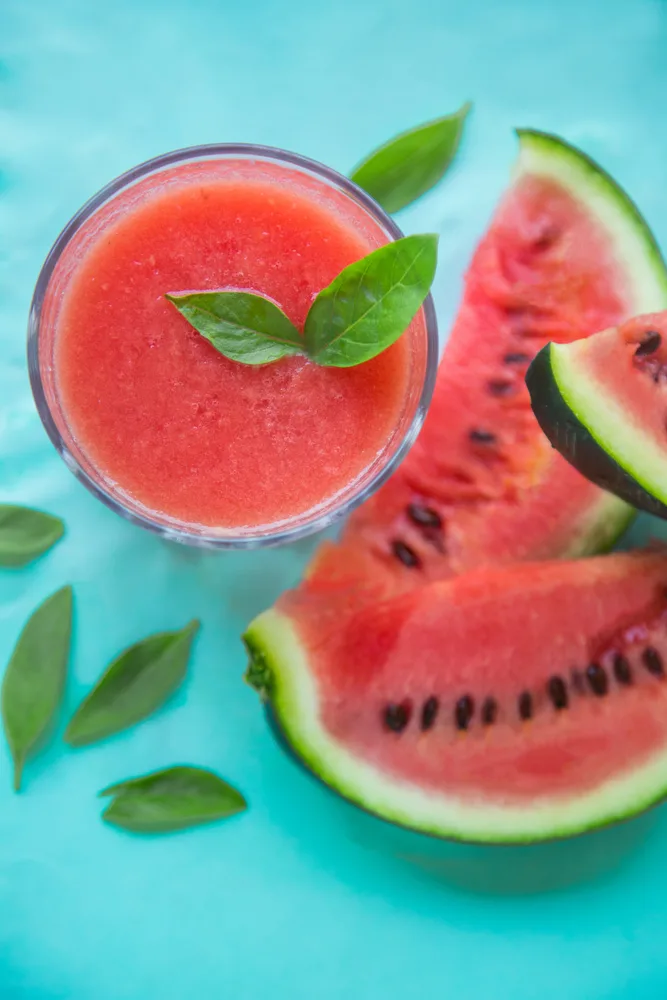
Once you have tried a lemon-mint cooler, a mango-mint cooler, a strawberry-mint cooler and a citrus-mint cooler, then you are definitely ready for a watermelon-mint cooler.
Or perhaps you have been ready for a sip all along.
There is a prerequisite though – you must enjoy watermelon. This option exists for those watermelon enthusiasts who simply cannot pass up on a mint mojito when it comes their way.
It is also useful to know that there is more than one way to make a mint cooler. This recipe uses ginger ale, lime juice and aromatic bitters to spice it up, with an option of adding white rum with the mint before chilling, for an exciting adult version.
12. Mint cocktails

An entire article could be written solely about mint cocktails – and I’m sure it has already been done. For the sake of discovering a few recipes quickly, we’ll share a few below.
There is no need to convince you to try any of these, they are all up to your discretion and alcohol preference. Just don’t sample them all at once!
Other uses for mint
Planting mint in your garden is not only a good idea for you. It helps others too, such as the pollinators in your garden.
While there are many flowers that can be grown just for bees, it is good to know that mint acts as a repellent to other unwanted garden visitors at the same time.
It is truly an herb with magical properties. I couldn’t imagine our garden without a calming patch of mint near the entrance.
13. Attract bees and other garden pollinators
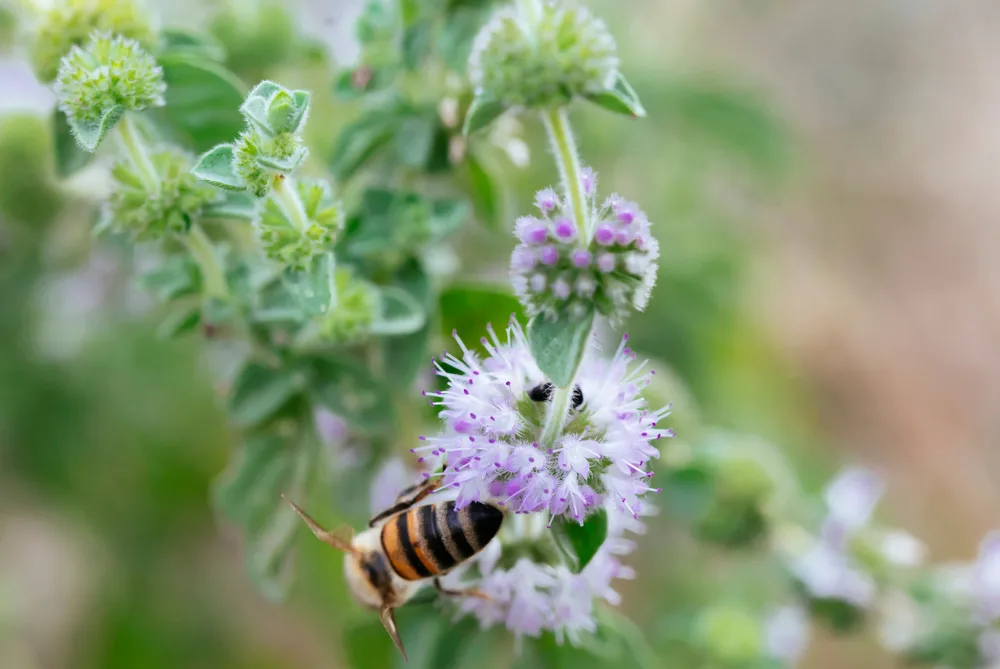
Mint attracts honey bees, native bees, bumble bees and a whole suit of other beautiful winged creatures.
While most true mints have been introduced to North America, for the purposes of commercialization, one native species flourishes in the wild. If you can reintroduce it to your garden, the bees would appreciate it.
It goes by the names of field mint, wild mint or corn mint, it’s Latin name being Mentha arvensis.
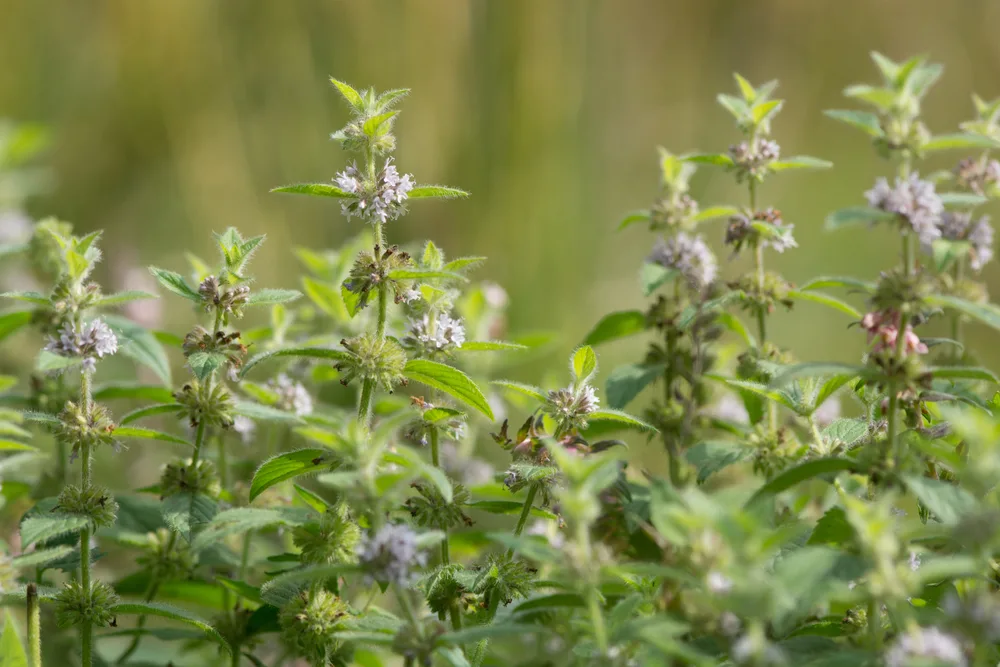
If you have ever tasted the honey produced near mint farms, or valleys covered in mint, you will know of its value.
14. Mint as mosquito repellent and ant deterrent
If you are thinking holistically and wish to deter mosquitoes without chemical sprays, you may wish to try using mint and see how it works for you.
When working out in the garden, simply pluck a sprig or two and rub it on your exposed skin for quick protection.
You can also make a mint insect repellent spray by crushing a handful of leaves, adding them to a pot of boiling water, then leaving it to sit for 12 hours. Then you can strain the mint infusion and mix it with an equal part of rubbing alcohol. Pour it into a spray bottle and use as needed.
In the home, to prevent ants from invading, place some sprigs of mint where they are trying to enter. Try spraying a mixture of peppermint essential oil mixed with water near windows and baseboards to deter ants.
Mice are not fond of peppermint smell either. While it is a natural remedy of sorts, it isn’t enough to get them to leave your house completely. However, it works great in combination with catching them and/or having a barn cat (or owl) come in to do the job they do best.
15. Mint as a companion plant
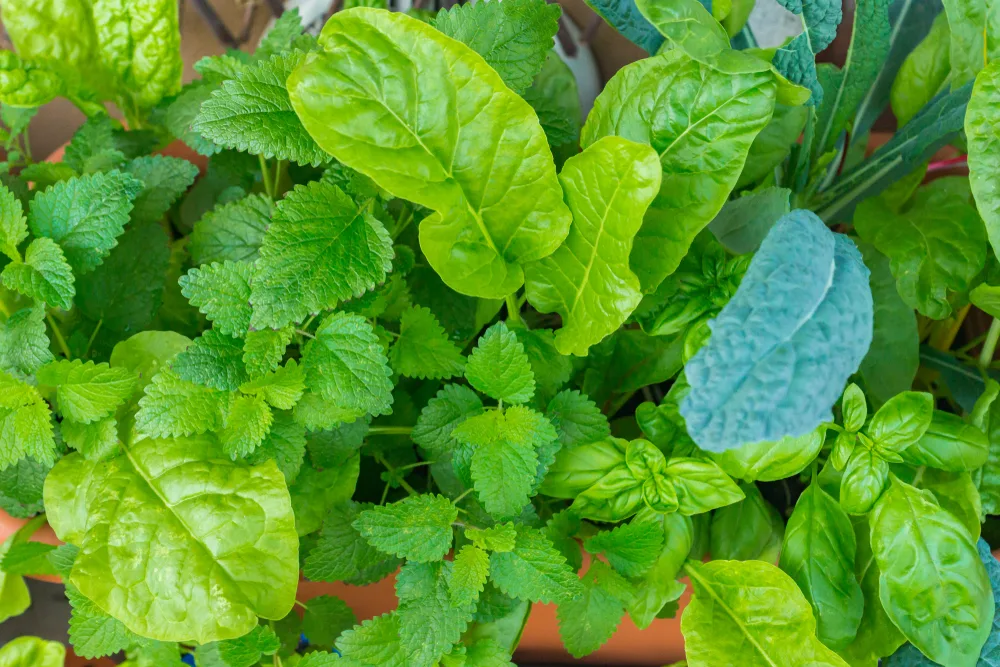
While mint has an aromatic scent that most humans enjoy, it isn’t a smell adored by all.
Several animals and insects dislike the odor of mint, and it is known to repel ants, mice, deer, spiders and cockroaches to name but a few.
It comes in handy to have a thriving mint patch in the garden to deter cabbage moths and other insects that prey on your cabbages and tomatoes.
Mint is also a companion plant for beets, broccoli, Brussels sprouts, cauliflower, eggplant, kale, kohlrabi and lettuce.
Just avoid planting mint near parsley or chamomile.
16. Mint for homemade salves and soaps
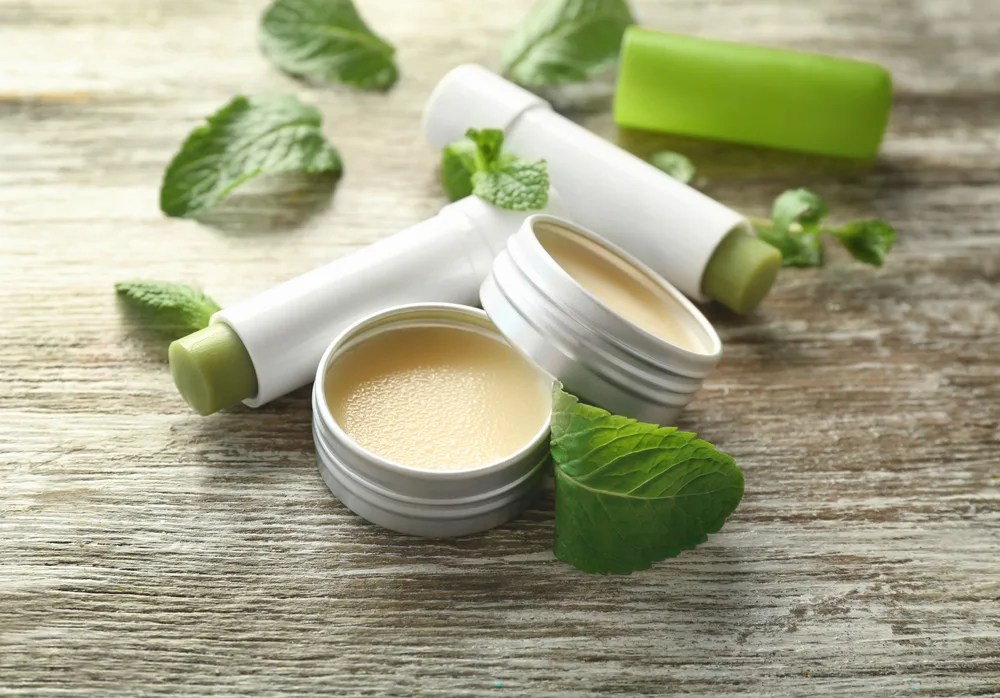
One more reason to grow mint in your garden is for the use in homemade salves and beauty products.
Whether it is to combat dry-cracked skin, to refresh your face and hands or to stop a headache in its tracks, mint is wonderful when used externally.
Controlling the spread of mint in your garden
Now, that you know mint is a must-have in your garden, how are you going to control it?
The easiest way to control the sprawl of roots, is to keep mint in containers. Some mints are perfect for use in hanging baskets, others look great among a selection of similar herbs.
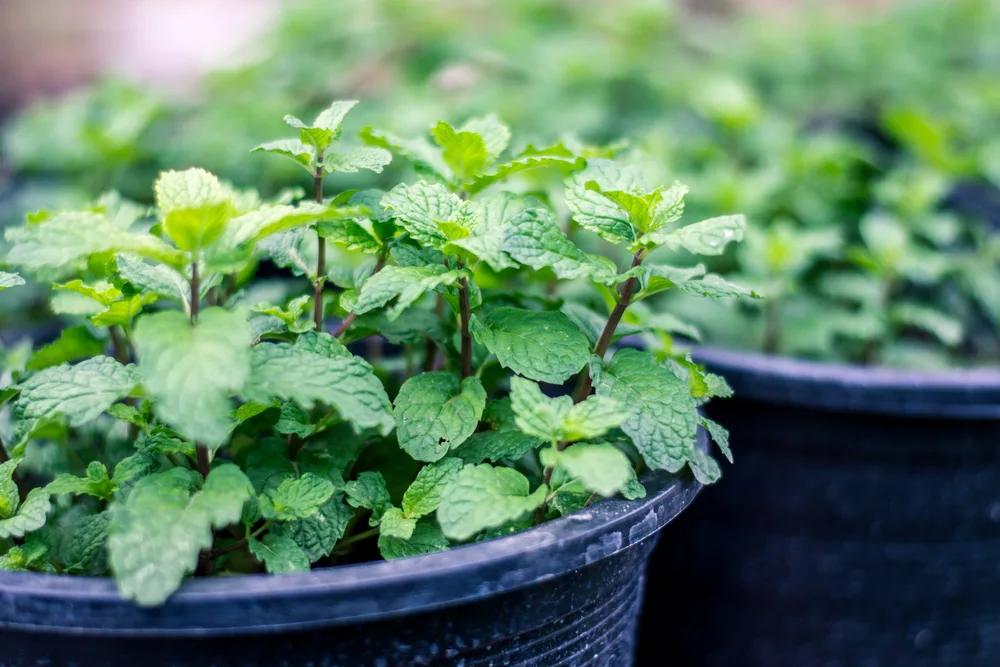
Outside of growing mint in containers, you can also control the spread of mint by sinking boards into the ground (6-10″). Or by planting them next to a wall, mowing or cutting them back when necessary.
If, and when, you want your mint patch to grow even larger, you can just let it be and allow nature take its course, or you can urge it on by learning to propagate mint by using root division and stem cutting techniques.
With an abundance of mint in the garden, you will never run out of exciting drinks and dishes to try, you may just help more insects to thrive too!